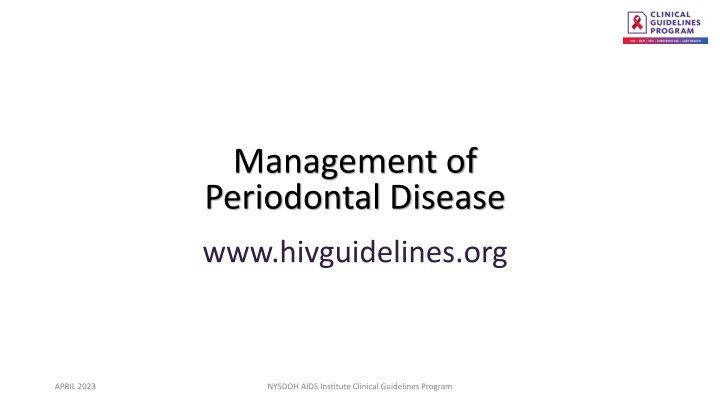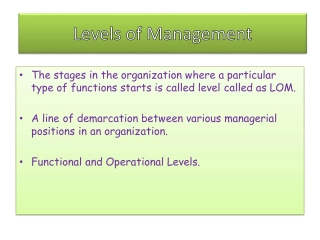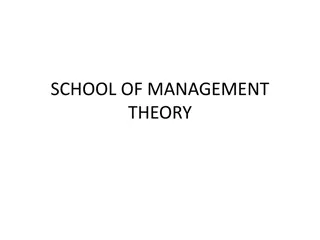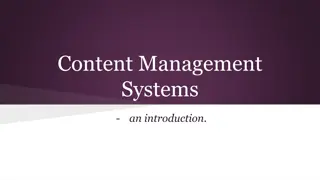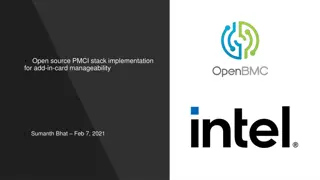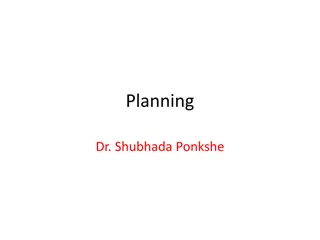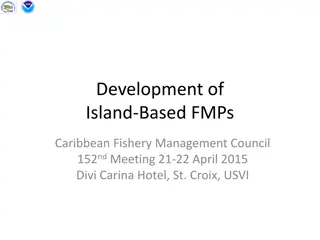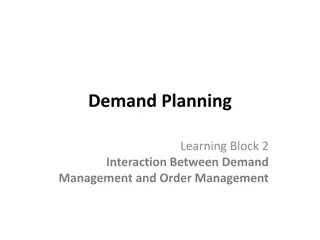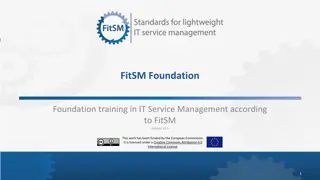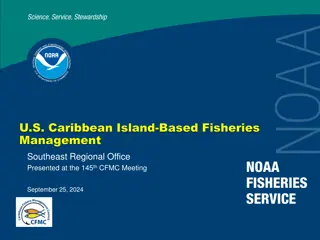Management of
Effective management of periodontal diseases like Linear Gingival Erythema (LGE), Necrotizing Ulcerative Gingivitis/Periodontitis (NUG/NUP), and Necrotizing Ulcerative Stomatitis (NUS/NS) as per the April 2023 NYSDOH AIDS Institute Clinical Guidelines Program. Recommendations for prompt treatment and follow-up to prevent progression and maintain oral health.
Download Presentation

Please find below an Image/Link to download the presentation.
The content on the website is provided AS IS for your information and personal use only. It may not be sold, licensed, or shared on other websites without obtaining consent from the author.If you encounter any issues during the download, it is possible that the publisher has removed the file from their server.
You are allowed to download the files provided on this website for personal or commercial use, subject to the condition that they are used lawfully. All files are the property of their respective owners.
The content on the website is provided AS IS for your information and personal use only. It may not be sold, licensed, or shared on other websites without obtaining consent from the author.
E N D
Presentation Transcript
Management of Periodontal Disease www.hivguidelines.org APRIL 2023 NYSDOH AIDS Institute Clinical Guidelines Program
Recommendations: Recommendations: Linear Gingival Erythema (LGE) Treatment Linear Gingival Erythema (LGE) Treatment Oral health care providers should treat LGE promptly before it evolves into a more severe form of periodontal disease. (A2) Oral health care providers should treat LGE with superficial debridement of affected tissue and antimicrobial rinse and schedule a follow-up appointment to determine if the patient is responding to treatment. (A2) APRIL 2023 NYSDOH AIDS Institute Clinical Guidelines Program www.hivguidelines.org
Recommendations: Necrotizing Ulcerative Recommendations: Necrotizing Ulcerative Gingivitis and Necrotizing Ulcerative Periodontitis Gingivitis and Necrotizing Ulcerative Periodontitis (NUG/NUP) Treatment (NUG/NUP) Treatment Oral health care providers should treat NUG and NUP to prevent the destruction of periodontal tissues. X-rays will determine the severity of the periodontal bone loss. (A2) Oral health care providers should treat the acute stage of NUG/NUP in the clinical setting as soon as possible after diagnosis; treatment should include superficial debridement of infected areas, scaling, and root planing, and lavage/irrigation with an antimicrobial rinse (see text for antimicrobial irrigation options). (A2) Oral health care providers should provide patients with a treatment plan for follow-up home care that includes daily antimicrobial rinses (see text for antimicrobial irrigation options) and instructions for and reinforcement of the importance of good oral hygiene and maintenance following treatment of acute disease and thereafter. (A2) For patients with severe or nonresponding NUG/NUP, oral health care providers should prescribe systemic antibiotics and concurrent treatment with an antifungal agent, as specified in the text. (A3) APRIL 2023 NYSDOH AIDS Institute Clinical Guidelines Program www.hivguidelines.org
Recommendations: Necrotizing Ulcerative Recommendations: Necrotizing Ulcerative Gingivitis and Necrotizing Ulcerative Periodontitis Gingivitis and Necrotizing Ulcerative Periodontitis (NUG/NUP) Follow (NUG/NUP) Follow- -Up Up Oral health care providers should evaluate healing within 7 days of treatment and perform additional debridement if necessary. (A3) Clinicians should reevaluate the patient 2 months after treatment to determine the need for further intervention. (A3) APRIL 2023 NYSDOH AIDS Institute Clinical Guidelines Program www.hivguidelines.org
Recommendations: Necrotizing Ulcerative Stomatitis Recommendations: Necrotizing Ulcerative Stomatitis and Necrotizing Stomatitis (NUS/NS) Treatment and Necrotizing Stomatitis (NUS/NS) Treatment Oral health care providers should perform a biopsy and refer patients to an oral surgeon, clinical pathologist, or oral medicine specialist when NUS/NS is diagnosed. (A2) Oral health care providers should treat NUS/NS with debridement of necrotic bone and soft tissue and concurrent antimicrobial therapy, as specified in the text. (A3) Clinicians should include the following as part of the treatment plan for patients with periodontal disease: Use of a pre-procedural antimicrobial rinse. (A2) Local debridement and disinfection using a 0.12% chlorhexidine gluconate or 10% povidone-iodine. (A2) Removal of necrotic debris and sequestration, along with scaling and root planing, with local anesthesia to proceed as tolerated by the patient but no later than within 7 days of diagnosis. (A2) Reinforcement of oral hygiene and home care instructions and prescriptions, including: Daily use of an antimicrobial rinse for 30 days. Antibacterial therapy. Nutritional supplementation/advice. Periodontal prescriptions. (B2) APRIL 2023 NYSDOH AIDS Institute Clinical Guidelines Program www.hivguidelines.org
Periodontal Disease Prescription Dosing Periodontal Disease Prescription Dosing Preferred: Metronidazole, 250 mg 3 times per day for 7 days. Alternative: Augmentin, 500 mg 2 times per day for 7 days. For patients allergic to penicillin: Clindamycin, 300 mg 3 times per day for 7 days. As needed for pain: Rinse with 2 teaspoons of xylocaine 2% viscous solution. APRIL 2023 NYSDOH AIDS Institute Clinical Guidelines Program www.hivguidelines.org
Recommendations: Chronic Pre Recommendations: Chronic Pre- -Existing Periodontal Disease Treatment Periodontal Disease Treatment Existing Oral health care providers should follow standard procedures for the management of chronic pre-existing periodontitis. (A3) Treatment for pre-existing periodontitis should follow the current standard guidelines. (A3) Clinicians should perform additional diagnostic procedures (biopsy, cytologic smear, or culture) for lesions that show no healing within 10 days or refer the patient to a periodontist as indicated. (A3) APRIL 2023 NYSDOH AIDS Institute Clinical Guidelines Program www.hivguidelines.org
Key Points Key Points As with the public at large, routine dental care is needed to prevent periodontal progression in people with HIV. Chronic nonhealing lesions may indicate a more serious condition, and oral health care providers can use biopsies to identify any neoplastic changes. A lack of response to conventional periodontal therapy is a key diagnostic feature of LGE; LGE is refractory to standard plaque control. APRIL 2023 NYSDOH AIDS Institute Clinical Guidelines Program www.hivguidelines.org
Need Help? Need Help? NYSDOH AIDS Institute Clinical Guidelines Program www.hivguidelines.org
Access the Guideline Access the Guideline www.hivguidelines.org > Management of Periodontal Disease Also available: Printable pocket guide and PDF NYSDOH AIDS Institute Clinical Guidelines Program www.hivguidelines.org
